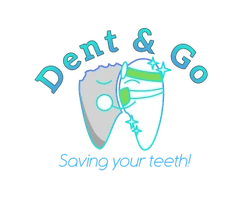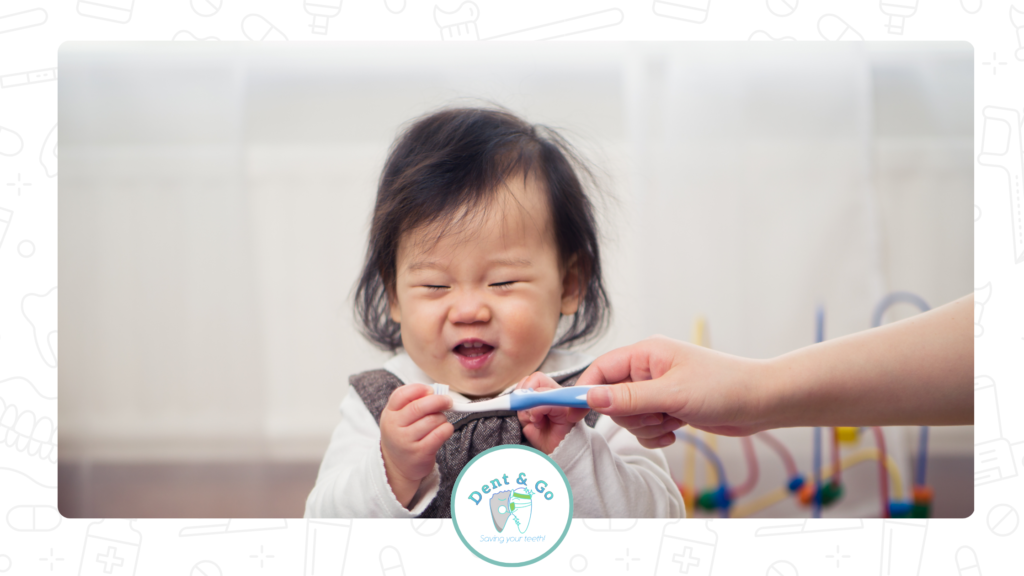Introducing toothpaste to your baby’s oral hygiene routine is an important milestone. Early dental care helps to establish good habits and protect your child’s teeth from cavities and other dental issues. However, the timing and method of introducing toothpaste need careful consideration to ensure it is both effective and safe for your little one.
The Importance of Early Tooth Care
Good oral hygiene should begin as soon as the first tooth erupts, which typically happens around six months of age. The National Health Institute (NHI) emphasises that fluoride is essential in preventing dental caries. Fluoride helps to strengthen the enamel, making it more resistant to decay. However, it’s important to balance the benefits of fluoride with the potential risks of overconsumption in young children. Excessive ingestion of fluoride can lead to a condition called fluorosis, which can cause discolouration and pitting of the permanent teeth.
Thus, the right approach to introducing toothpaste is crucial to minimise risks while still reaping the benefits of fluoride for healthy teeth development.
When to Start Using Toothpaste
The NIH recommends that toothbrushing should commence when the first tooth appears. At this early stage, a soft-bristled, small-headed toothbrush should be used to gently brush the tooth or teeth with water alone, or with a very small amount of fluoride toothpaste.
From the eruption of the first tooth until the age of three, it is recommended that parents use a smear of toothpaste about the size of a grain of rice. This tiny amount ensures the child receives the protective benefits of fluoride while minimising the risk of swallowing too much. For children aged three to six years, the amount of toothpaste can be increased to the size of a pea.
These guidelines are important to follow, as young children are more prone to swallowing toothpaste. Their swallowing reflex is still developing, and they may not yet understand that they need to spit out the toothpaste after brushing. Using the appropriate amount prevents the risk of fluoride ingestion while still protecting their teeth effectively.
Tips for Brushing Your Baby’s Teeth
- Start Early: Begin brushing your baby’s teeth as soon as the first tooth erupts. This helps establish the habit early and gets your baby accustomed to the sensation of brushing.
- Use the Right Tools: Invest in a baby-friendly toothbrush with soft bristles and a small head. These are designed specifically for young children to ensure comfort and effective cleaning.
- Use the Correct Amount of Toothpaste: Follow the NHI guidelines – a smear the size of a grain of rice for children under three and a pea-sized amount for those aged three to six.
- Supervise Brushing: Always supervise your child when they brush their teeth. Young children should not brush on their own, as they need assistance to ensure all teeth are cleaned properly and to minimise toothpaste ingestion.
- Encourage Spitting: As your child grows older, encourage them to spit out the toothpaste after brushing. Demonstrate this yourself and make it a fun, engaging activity to help them learn.
Establishing a Lifelong Habit
Introducing toothpaste and brushing early on not only protects your child’s teeth but also sets the foundation for a lifetime of good oral hygiene habits. As your child becomes more familiar with brushing, they will develop a routine that will carry into their later years. Encouraging this habit early on is key to maintaining healthy teeth and gums throughout life.
Toothbrushing should start as soon as your baby’s first tooth erupts, with the use of a smear-sized amount of fluoride toothpaste to protect against cavities while minimising the risk of excessive fluoride ingestion. By following these guidelines and choosing the right products, you can ensure your child’s teeth remain healthy and strong as they grow. Remember, establishing these habits early on not only protects your child’s teeth now but also sets them on the path to lifelong dental health.

